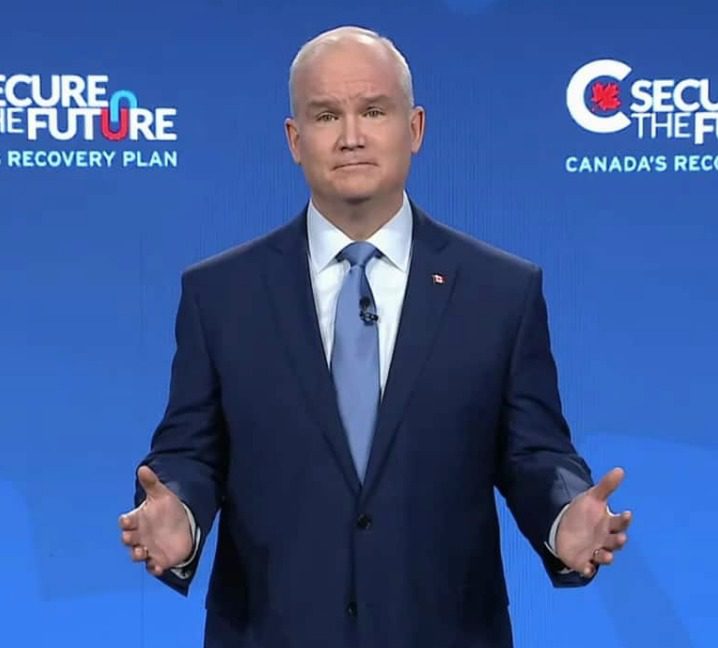This content is restricted to subscribers

The views, opinions and positions expressed by columnists and contributors are the author’s alone. They do not inherently or expressly reflect the views, opinions and/or positions of our publication.

This content is restricted to subscribers
The views, opinions and positions expressed by columnists and contributors are the author’s alone. They do not inherently or expressly reflect the views, opinions and/or positions of our publication.

There's only just so much multi-tasking one government can do.
So Alberta's UCP government is rushing to wrap up its long term fight with the province's doctors in time to open up a battle with nurses and other health care workers.
Last year relations on the doctor front were at an all time low after Health Minister Tyler Shandro ripped up the contract with the Alberta Medical Association and imposed a raft of billing restrictions and changes that enraged doctors.
Doctors rebelled and many, particularly in rural practices, left the province or at least threatened to leave the province. The timing was disastrous as medical workers took on the mantle of superheroes during the pandemic.
Now, according to Shandro at least, there's peace in that particularly valley. A tentative deal with the AMA is being voted on now by doctors.
All the details haven't been made public, but leaks to media outlets suggest there's an overall cap on the budget for doctors payments in the deal. The AMA's bid to get binding arbitration back in the agreement also apparently didn't make it.
But the province's plan to mess with compensation for longer-than-average doctors' visits is now dead.
The provision, which doctors argued would lead to inadequate time with patients and a punishing income drop, especially for rural practitioners, was put on hold during Covid.
Shandro admitted in the legislature that the budget cutting move was wrong from the get go.
"(It) was a policy that we never should have pursued in the first place, and there will be no changes being made moving forward," the minister said in the legislature this week.
Not quite an apology, but pretty close.
So, it's on to the next target. And this time it's nurses and health care workers.
The central issue of this bun fight is absence of action by the government.
Last year, as Covid hit in earnest, nurses and health care workers agreed to suspend negotiations on their contracts until March 31, 2021. Now the government wants to extend that suspension into the summer. The nurses, however, are tired of waiting for a deal.
They also want to see exactly what is on the table. A plan the government cooked up before Covid called for a cut of 500 nursing jobs. That provision was put on hold because of Covid. With Covid on the wane, nurses and healthcare workers covered by the Alberta Union of Provincial Employees want some assurance that their insanely hard work through the pandemic won't be rewarded with job cuts and wage reductions.
Perhaps exhausted by his Herculean efforts with the doctors, Shandro is so far leaving the heavy lifting on this fight to Finance Minister Travis Toews.
Toews ramped up the heat pretty quickly with a vaguely threatening press release.
"It's disappointing to see that AUPE has turned down the Covid supports and protections for its members and is instead wanting AHS (Alberta Health Services) to shift its focus away from the pandemic and to their labour demands."
Of course the statement elicited fast response from the unions.
AUPE president Guy Smith suggested Toews is using the job security afforded by the Covid crisis as a hostage to get the unions to back off.
"We believe frontline health-care heroes deserve better than that. That is why we rejected this offer."
The nurses' union is also expressing disbelief that the government can't negotiate while the province is still battling Covid. What about the doctors' negotiations?
The government can, of course, walk and chew gum at the same time. Fighting the pandemic and hammering out a labour agreement don't require the same personnel.
But politically the UCP can't take many more body blows to its popularity. Polls show the party sinking out of sight after a number of political gaffs. Alberta government struggling to walk and chew gum at the same time
If the doctors' agreement passes, it will be rare win for the government. No wonder Shandro and Toews want to delay confrontation with other healthcare unions. If negotiations with other pandemic heroes, especially while Covid is still active, turns into a bloodbath, it could be yet another disaster.
Photo Credit: Calgary Herald
The views, opinions and positions expressed by columnists and contributors are the author’s alone. They do not inherently or expressly reflect the views, opinions and/or positions of our publication.